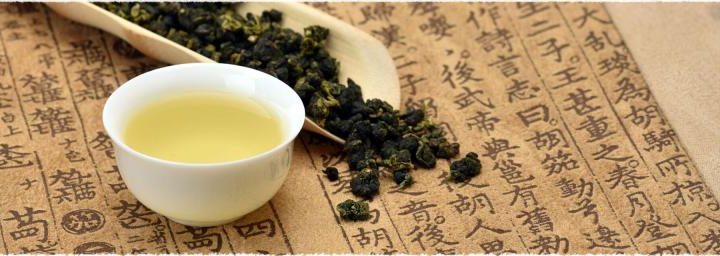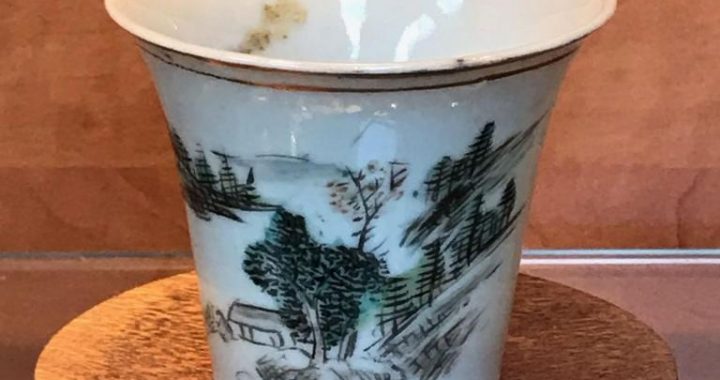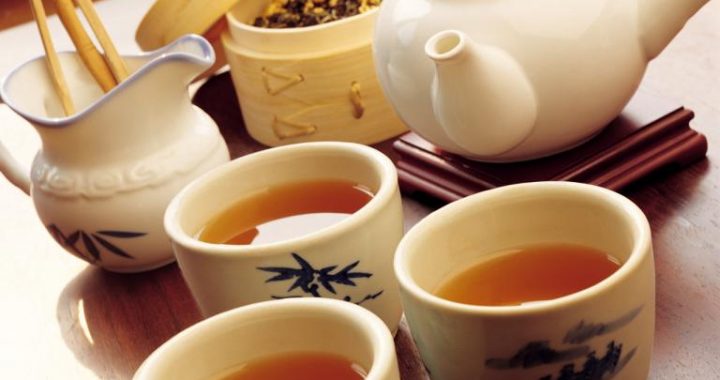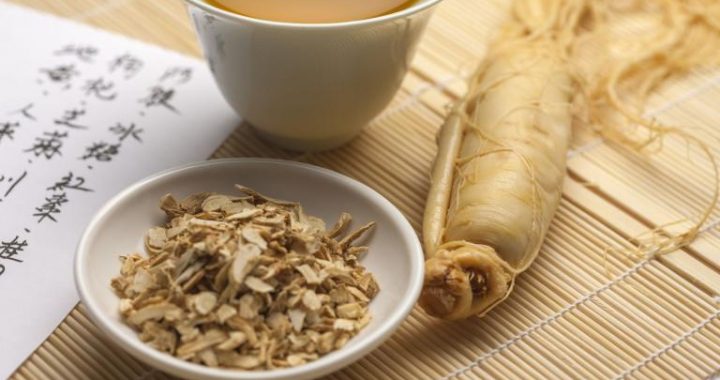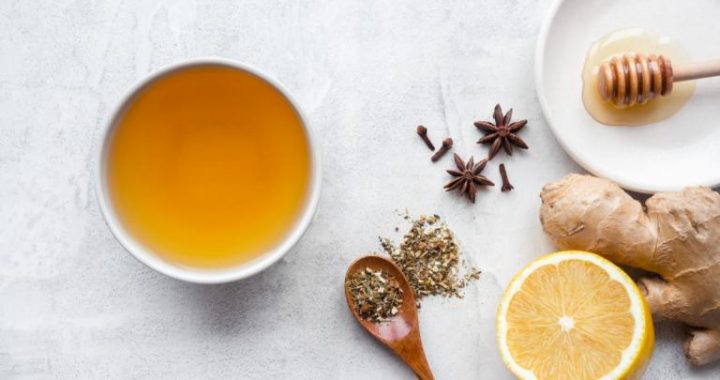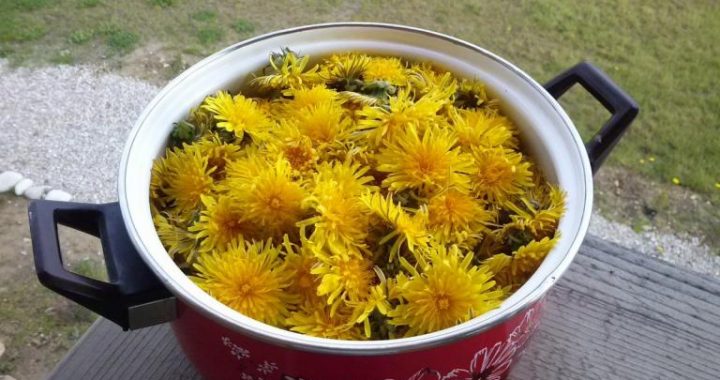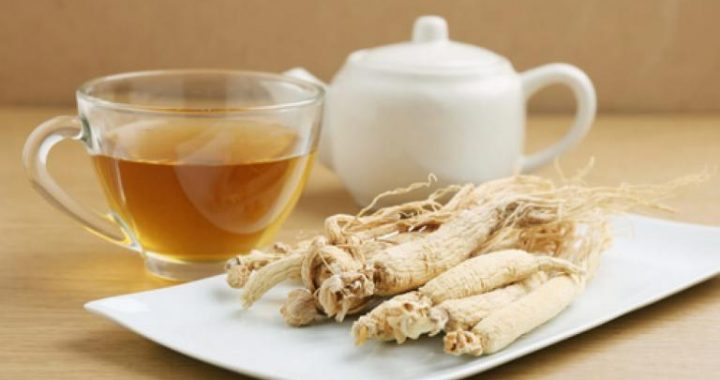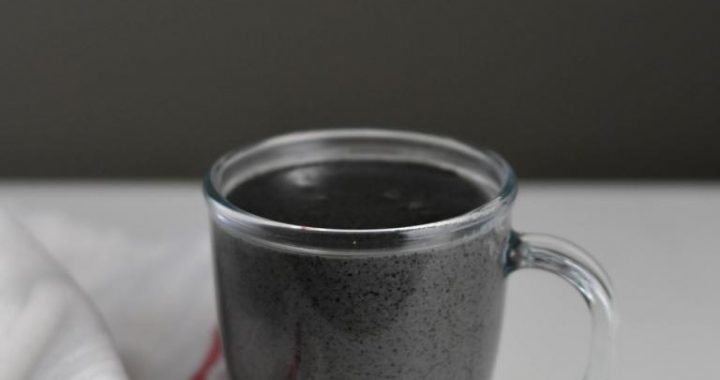Ethnic Tea Art
2 min readPu-erh tea’s charm lies not only in its wonderful change of taste and its health benefits, but also in the ancient caravan tea route and the glamorous ethnic lifestyles in the teaproducing areas in Yunnan.
In the Pu-erh tea-producing areas live many ethnic groups, among whom the Hani, Dai, Blang and Yi have been tea farmers and producers for generations. Different ethnic groups follow different tea-making customs, and the most pop-ular include baking the tea, dressing the cold tea with sauce and making instant thirst-quenching tea in bamboo tubes.
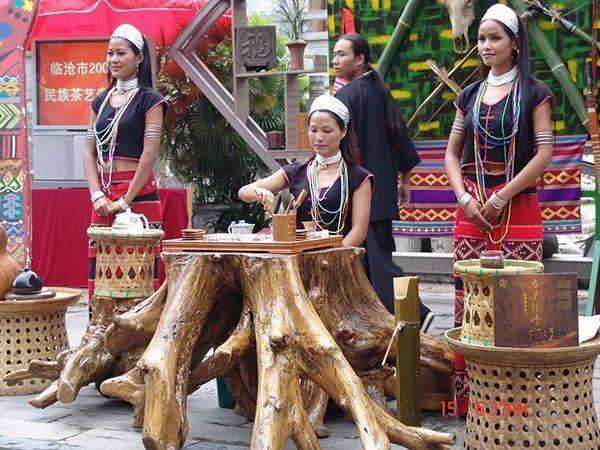
The ethnic groups in the tea-producing areas mainly drink sun-baked green crude tea, by brewing it in boiling water di-rectly, brewing it after baking the tea in the pottery jar or boiling it in earthen pots.
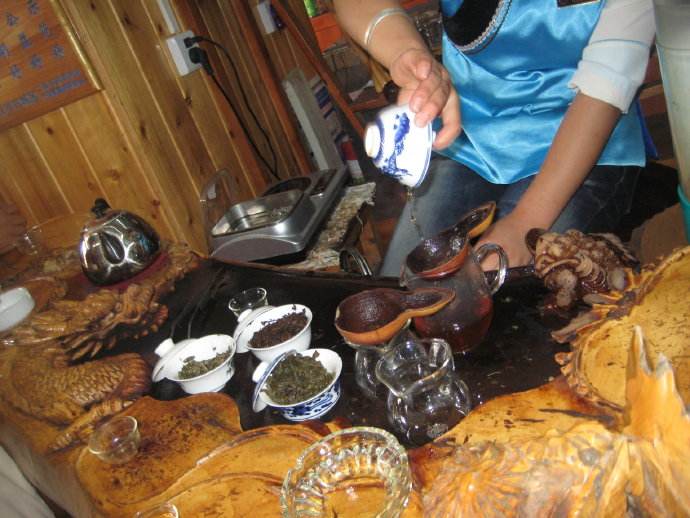
They also use handy materials, such as plant tea bag for baked tea or the bamboo cup for boiled tea. There is Pu-erh tea wine made of tea liquid mixed with rice wine. In addition to drinking the tea, there are many other ways of enjoying Pu-erh tea. Jinuo people make interesting food preparations with teaand dress cold tea leaves with sauce and the Blang make bam-boo tube acid tea, all of which are unique for they preserve the primitive and ancient tea-eating habits.
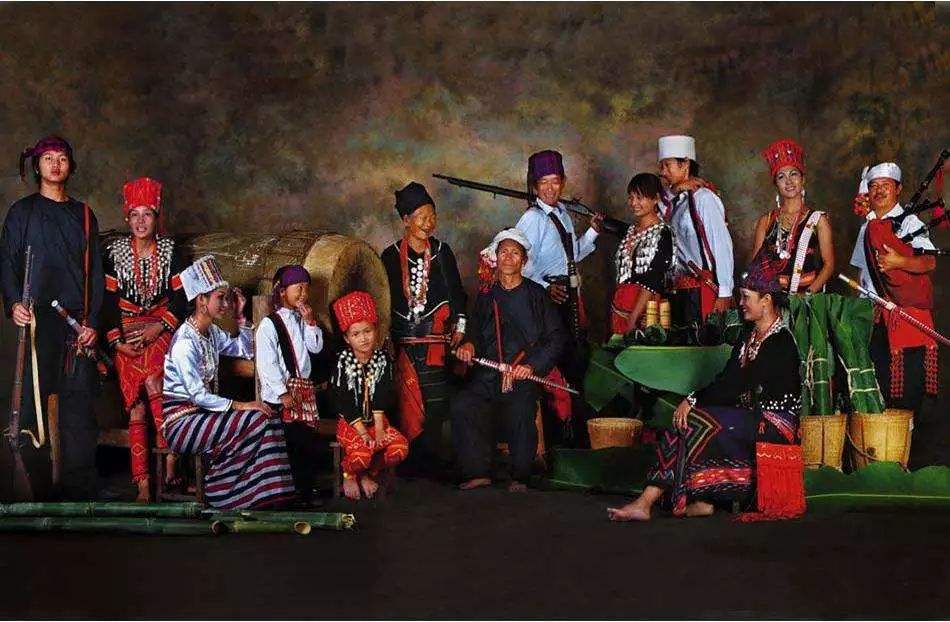
People in Simao and Dali like to drink pure or flavored baked tea made of the local green tea, bowl-shaped tea or tea cakes. While in northwest Yunnan and Tibet, one or more ad-ditional materials, such as butter (or other types of grease), milk, salt or even rice wine and roasted barley flour are added to the tea liquid to vary the flavor.
